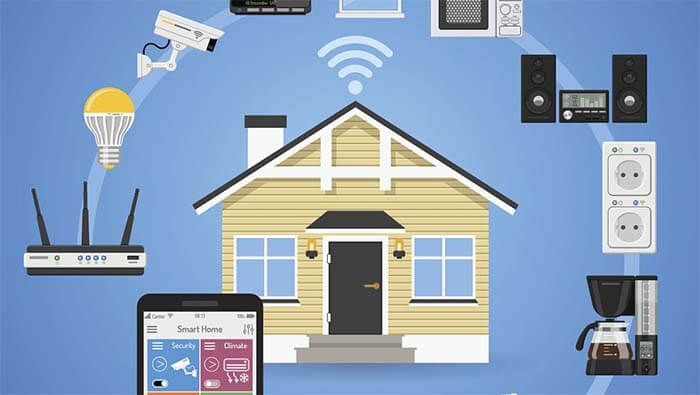What is UWB technology?
UWB technology comes from the 1960s when the pulse signal network communication technology slowly grew up. Unlike traditional network communication technology, UWB technology is a new type of wireless communication technology. UWB signal technology generation can be realized by modulating the UWB working frequency band with narrow pulses with extremely short transmission time through up-conversion methods such as differentiation or mixing. It does not need to use the carrier wave in the traditional communication system but transmits and receives extremely narrow pulses with nanoseconds or less to transmit data, thus having broadband on the order of GHz.
The advantages and disadvantages of UWB indoor positioning technology compared to other positioning technologies.
1. Higher positioning accuracy
Ultra-wideband determines its high level of distance recognition, which can identify and eliminate most signal interference, and obtain highly accurate positioning results. UWB can surpass other traditional systems in the level of distance recognition, and its accuracy can almost achieve 100 times or more than traditional systems such as WIFI and Bluetooth under complex environments.
2. Higher performance
UWB has a radio frequency bandwidth of 500MHz and above, which can bring a very large spread spectrum gain, making the UWB communication system higher in performance. This symbolizes that for battery-powered equipment, the operating time of the system can be greatly increased, or under the same transmit power requirements, the coverage area is much larger than that of traditional technologies.
3. Introduce small difference
The bandwidth of the ultra-wideband pulse signal is on the order of nanoseconds, and the difference introduced when calculating the position is usually less than a few centimeters.
4. Strong electromagnetic compatibility
UWB has low transmitted power and wide signal bandwidth, which can effectively hide in other types of signal noise sources. Traditional receivers cannot recognize and read. It is necessary to select a uniform spreading code pulse sequence with the transmitting end. Realize demodulation, so it will not cause interference from other communication services, and at the same time, it can avoid interference from other communication devices.
The advantages of UWB positioning technology are obvious, but it also has its limitations. First of all, it needs to set a base station in each positioning block frame, which is extremely costly for a complex industry environment. At the same time, most of the application scenarios do not require such high positioning accuracy, which is why UWB positioning technology is highly accurate, but it is not widely used in actual scenarios.
Besides the UWB Indoor Positioning Technology Advantages And Disadvantages article, you may also be interested in the below articles.
What is the difference between WIFI and WLAN?
Summary of 41 Basic Knowledge of LTE

